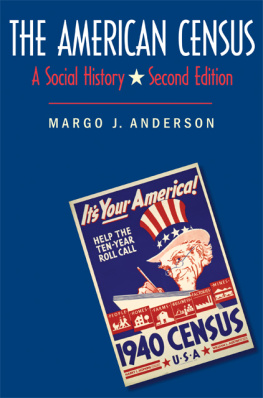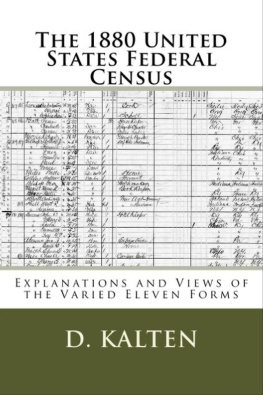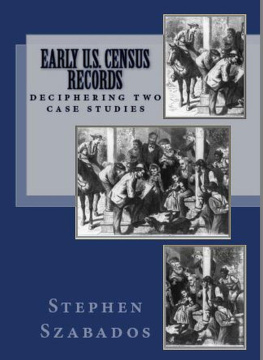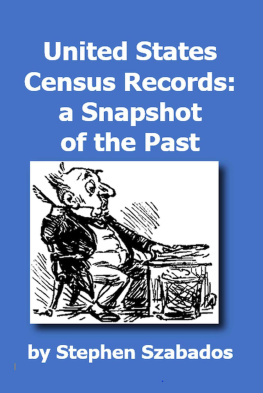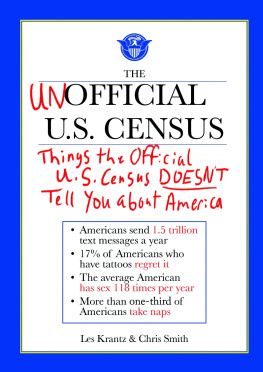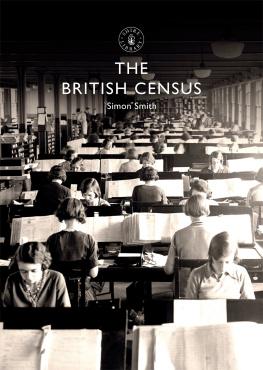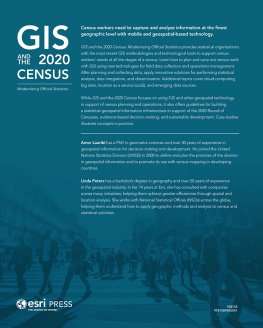

Published with assistance from the foundation established in memory of Philip Hamilton McMillan of the Class of 1894, Yale College.
First edition 1988. Second edition 2015.
Copyright 1988, 2015 by Yale University.
All rights reserved.
This book may not be reproduced, in whole or in part, including illustrations, in any form (beyond that copying permitted by Sections 107 and 108 of the US Copyright Law and except by reviewers for the public press), without written permission from the publishers.
Yale University Press books may be purchased in quantity for educational, business, or promotional use. For information, please e-mail (UK office).
Set in Ehrhardt Roman type by IDS Infotech, Ltd.
Printed in the United States of America.
Library of Congress Control Number: 2014958729
ISBN 978-0-300-19542-2 (paperbound: alk. paper)
A catalogue record for this book is available from the British Library.
This paper meets the requirements of ANSI/NISO Z39.481992 (Permanence of Paper).
10 9 8 7 6 5 4 3 2 1
To Graham, Liam, Stella, and Theo
Contents
Acknowledgments
T he first edition of The American Census was published in 1988, as the controversies surrounding the accuracy of the census and the differential undercount of minorities and urban areas raged. The decennial census, a venerable institution approaching its bicentennial count and usually a quite unobtrusive activity of the American state, faced critical scrutiny in the media, in Congress, and from the American public. I had been working as a quantitative social historian making heavy use of historical census data as these controversies escalated. I recognized that there were substantial historical parallels between the 1980s debates and those that census-takers faced, for example, during the sectional disputes of the 1840s and 1850s and the period of the Civil War and Reconstruction, as well as during the debates of the Progressive Era and over the new welfare state in the 1930s. The more I discovered, the more I recognized that the development of the American population census has been a crucial aspect of the intellectual, political, and social development of the nation. The first edition was the result.
Three decennial censuses and almost three decades later, it is time to review the history once again and see what has held constant and what has changed. The undercount controversies have cooled in the past decade, but the counts from the decennial census still result in substantial shifts in political power and funding to states and local areas through the apportionment and redistricting processes and funding formulas built into federal legislation. The American population continues to grow and become more diverse; the digital revolution has led to dramatic new technologies of counting, reporting, and analyzing American population dynamics. This second edition brings the story of the American population census up to date, integrates much of the new literature on the history of statistics and the social sciences, and draws parallels again between counting processes and controversies of the past and those facing Americans today.
I owe a great debt to the funding agencies, universities, friends, and colleagues who have supported this research and helped me over the years. The earliest support came from the National Endowment for the Humanities in the form of a Summer Stipend and a Fellowship for Independent Study and Research. Several sabbaticals and Graduate School Research Awards from the University of WisconsinMilwaukee provided travel support and writing time. A Flora Stone Mather Visiting Professorship in the History Department at Case Western Reserve University provided me with crucial time and facilities to finish the manuscript draft for the first edition. Additional grants and fellowship awards from the American Council of Learned Societies, the Russell Sage Foundation, the Woodrow Wilson International Center for Scholars, the Donner Foundation, and the American Statistical Association/National Science Foundation/Census Bureau Fellowship program provided research and writing time for the second edition.
Supportive professional colleagues are too numerous to mention, but over the years I have learned a great deal from papers and conversations about census matters, particularly at meetings of the Social Science History Association, Population Association of America, American Statistical Association, Organization of American Historians, and European Social Science History Conference. Special thanks go to coauthors and coeditors of other books and articles on census matters, Constance Citro, Stephen E. Fienberg, Joseph Salvo, and William Seltzer, and to my research assistant, Caitlin Taylor. The IPUMS Projects at the University of Minnesota have flourished since I published the first edition and have brought historical census data to widespread use. In so doing they have made it possible to do high-quality historical population research and also to understand the long technical and administrative history how and why we have the data we have. Last, I owe significant debts to the leadership and staff of the Census Bureau, particularly the Census History staff, for sharing ideas, for providing me opportunities to conduct research and present papers, and for the opportunity in 20122013 to be in residence as I wrote the manuscript. Any interpretive flaws that remain are mine.
Introduction
I n May 2010, a month after the twenty-third decennial census of the United States went into the field, Saturday Night Live produced a comedy skit about the difficulties a census-taker faced as she knocked on the door of apartment 15A in a large building, likely in New York City. Tina Fey was the census-taker, and Betty White the resident Fey met. These two great comedians produced a hilarious two and a half minutes of banter at the door, with Fey, wearing glasses and sporting pen and clipboard, trying diligently to elicit responses from a chipper but confused White in her bathrobe (and without her glasses). White initially closed the door on Fey, taking her for a solicitor. When asked her name, White told Fey it was Blaarfengar Blaarfengar. Fey asked her to spell it, and White responded, L-E-E S-M-I-T-H. When Fey asked White to identify her racial origin, White was confused. Fey offered, Let me clarify. Which of the following describes you? White, Asian, Hispanic, Pacific Islander.... White interrupted, Oh, Pacific Islander, lets try that ... and dont skimp on the rum. And so it went, as Fey tried to find out how many people lived in the apartment, and White chattered on about how her name was changed to Blaarfengar, her recent trip to Ellis Island, and her stripper name. Fey asked if there were other people living in the apartment, and White responded, Theres Fluffy, Princess, Tigger, Socks.... Fey asked for clarification, Oh ... and these are people were talking about here and not cats, right? White assured Fey, Theres really no way of knowing. Sometimes when I see their big eyes looking up from my lap, I think thats definitely a homeless guy in a fur coat. As Feys patience wore down, she thanked White for her time and left. White courteously responded, You have a good day, sir, as a crash was heard from inside the apartment. White turned to excoriate and then hug Fluffy (Kenan Thompson), a disheveled black man in a fur coat, who claimed he was chasing a mouse.
Forty years earlier, during a congressional committee hearing in the late 1960s, as a Census Bureau official told the story, a congressman was questioning statisticians from the bureau about the projected scope and costs of the 1970 census. The tenor of the questions was highly critical of the census. Why did the bureau need to ask so many questions? Didnt the proposed questions constitute an invasion of individual privacy by the government? And why did the census cost so much?
Next page
